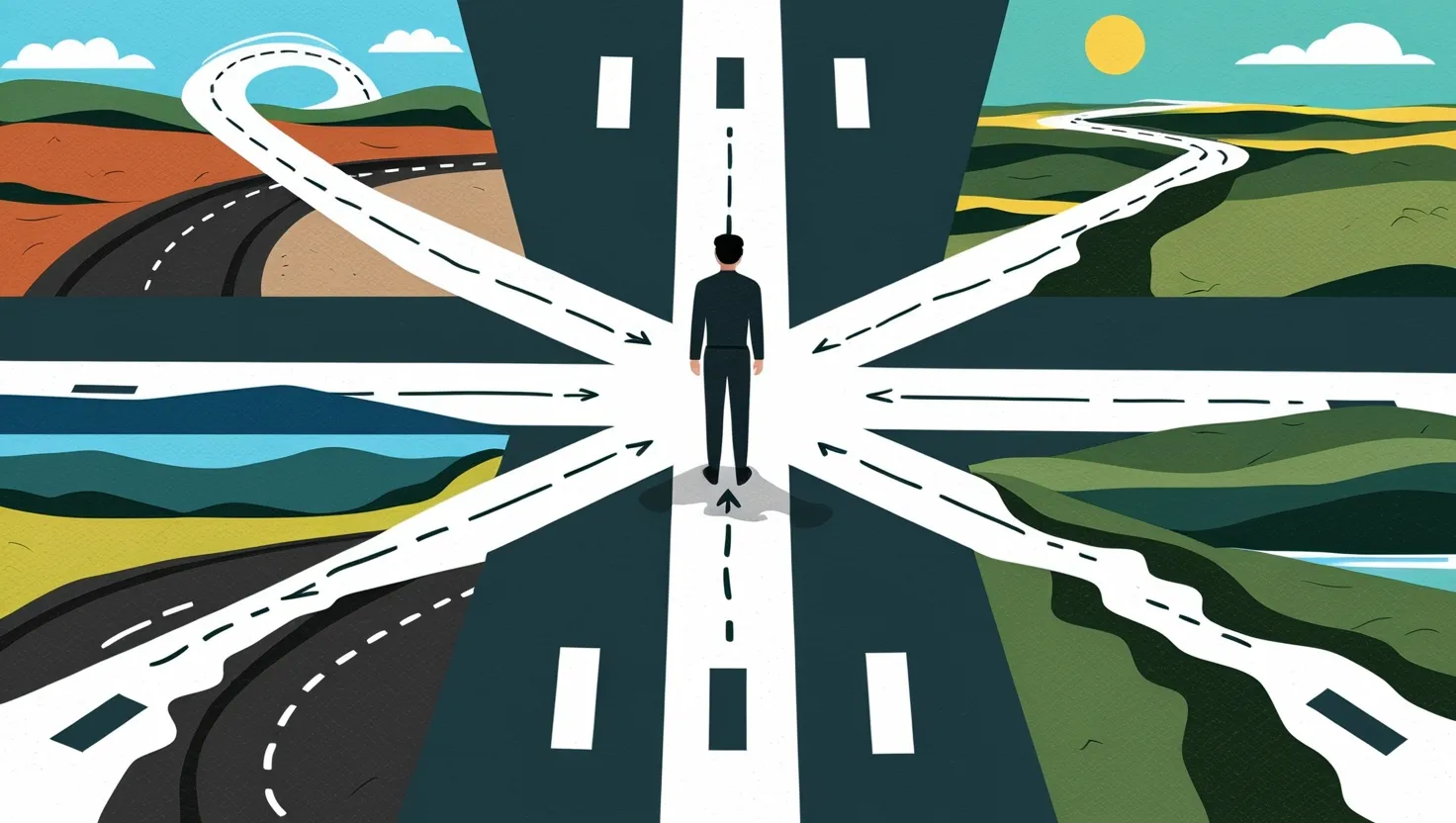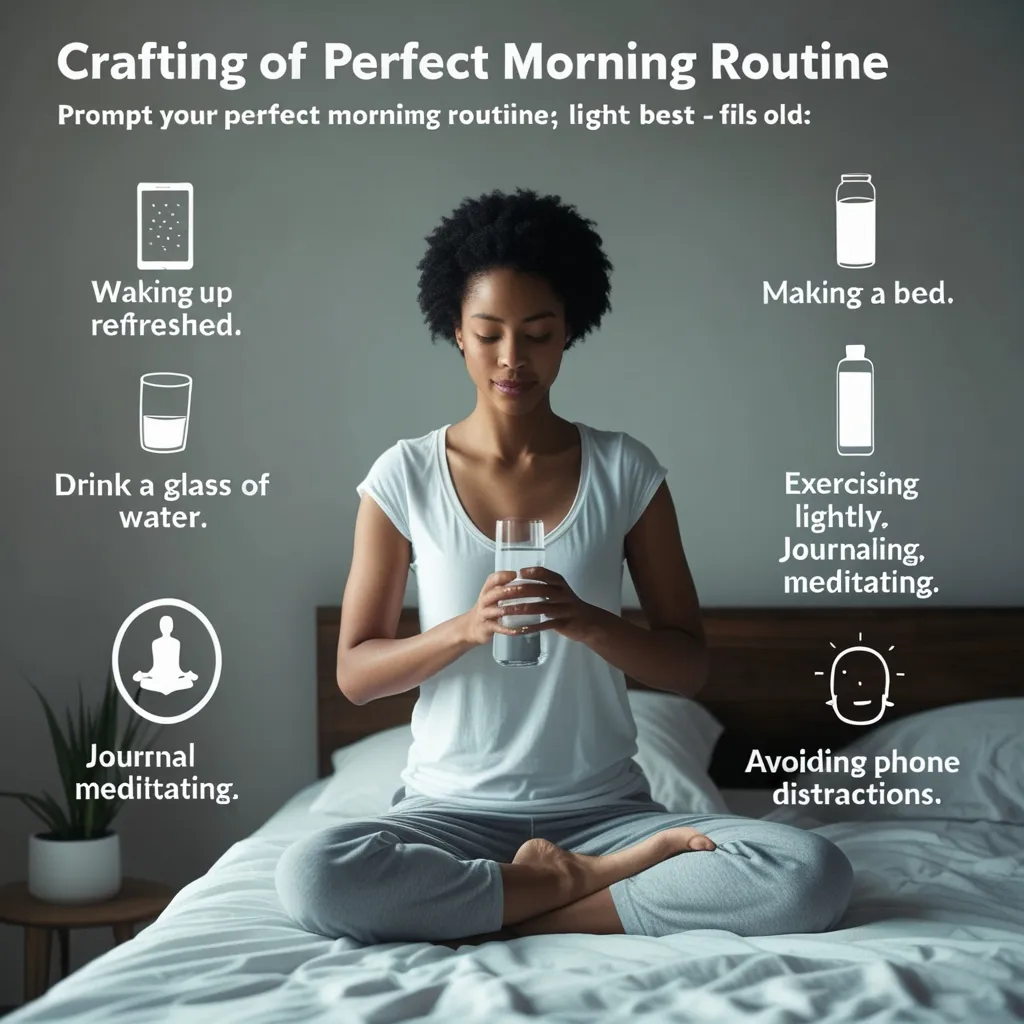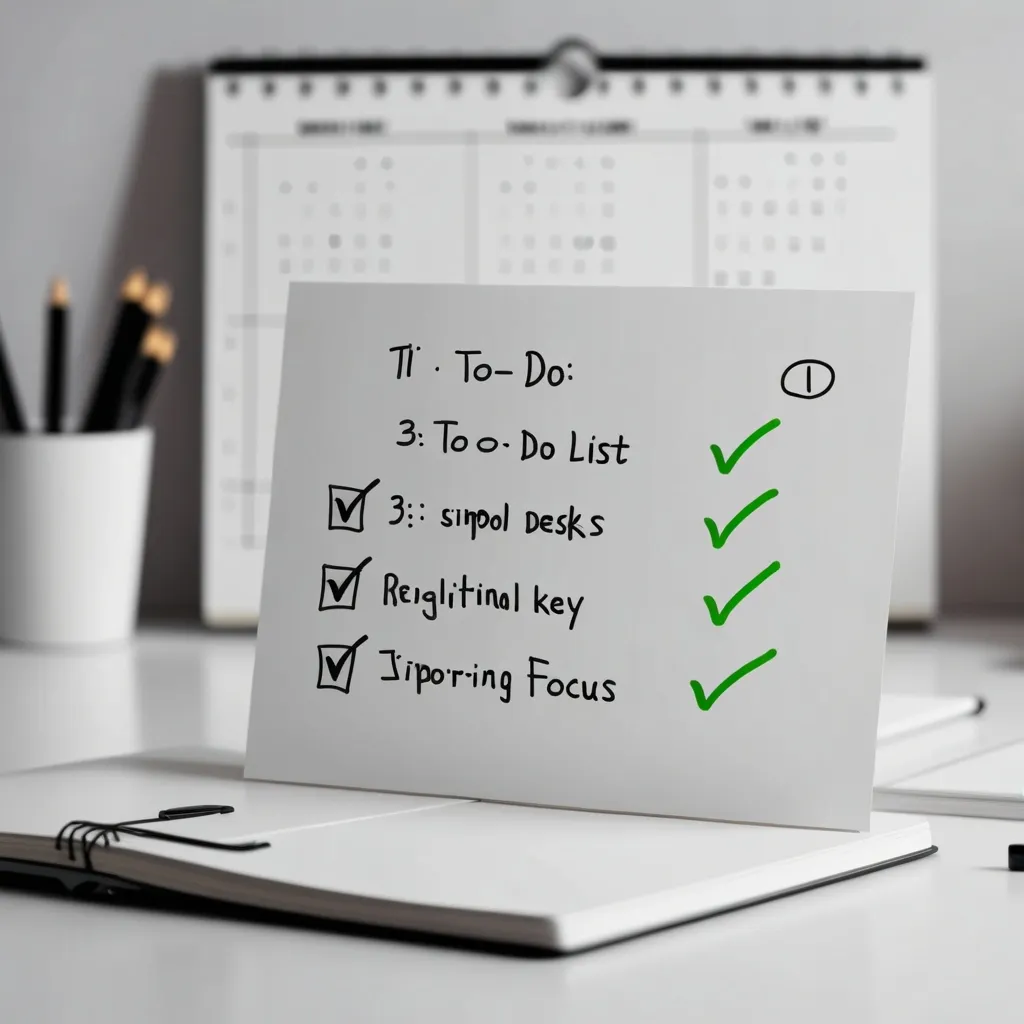In the relentless pursuit of productivity and efficiency, decision-making stands as a critical juncture where choices can either propel us forward or hinder our progress. The art of decision-making is not just about making the right choice, but also about creating an environment where those choices are informed, timely, and aligned with our goals. Here, we delve into six decision-making frameworks that can transform the way we approach our daily and strategic decisions.
The Eisenhower Matrix: A Simple yet Powerful Tool
Imagine having a tool that helps you categorize tasks based on their urgency and importance. The Eisenhower Matrix does just that, dividing your tasks into four quadrants: urgent and important, important but not urgent, urgent but not important, and neither urgent nor important. This framework is a stark reminder that not all tasks are created equal. By focusing on the high-impact activities, you can ensure that your time is spent where it matters most.
As the former U.S. President Dwight D. Eisenhower once said, “I have two kinds of problems: the urgent and the important. The urgent are not important, and the important are never urgent.” This quote encapsulates the essence of the Eisenhower Matrix, urging us to prioritize what truly adds value.
The OODA Loop: Agility in Decision-Making
In fast-paced environments, the ability to make quick and informed decisions is paramount. The OODA Loop, developed by military strategist John Boyd, is a rapid decision-making process that involves observing the situation, orienting yourself to the context, deciding on a course of action, and acting upon it. This loop is continuous, allowing for constant adaptation and improvement.
The OODA Loop is particularly useful in scenarios where time is of the essence. It encourages a mindset of continuous learning and adaptation, making it an invaluable tool for anyone operating in dynamic environments.
The Regret Minimization Framework: A Long-Term Perspective
When faced with a decision, how often do we consider the long-term implications? The Regret Minimization Framework prompts you to project yourself into the future and consider which choice you’re least likely to regret. This perspective can be a powerful clarifier, helping you avoid decision paralysis by focusing on what truly matters in the long run.
Jeff Bezos, the founder of Amazon, has often spoken about this framework. He suggests that when making decisions, you should think about how you’ll feel about the choice in the future. This approach helps you align your decisions with your long-term goals and values.
The WRAP Method: A Comprehensive Decision-Making Approach
The WRAP Method, outlined by Chip Heath and Dan Heath in their book “Decisive,” is a systematic approach to decision-making that helps you avoid common pitfalls. It involves widening your options, reality-testing your assumptions, attaining distance before deciding, and preparing to be wrong.
This method encourages you to consider multiple perspectives and challenge your own biases. By widening your options, you open yourself up to innovative solutions that might have otherwise been overlooked. Reality-testing your assumptions ensures that you’re making decisions based on facts rather than assumptions. Attaining distance allows you to make more objective decisions, and preparing to be wrong fosters a culture of continuous learning.
The Decision Matrix: Objectivity in Complex Decisions
Complex decisions often involve multiple factors and stakeholders. The Decision Matrix provides a structured approach to evaluating these decisions objectively. By creating a table listing your options and criteria, assigning weights to each criterion, and scoring each option, you can calculate total scores to compare your choices.
This method is particularly useful when emotions or personal biases might cloud your judgment. It forces you to consider all relevant factors systematically, ensuring that your decision is based on a thorough analysis rather than intuition alone.
The 10/10/10 Rule: Balancing Short-Term and Long-Term Consequences
The 10/10/10 Rule, popularized by Suzy Welch, is a simple yet effective framework for considering the short-term and long-term implications of your decisions. It involves asking yourself how you’ll feel about a decision in 10 minutes, 10 months, and 10 years.
This rule helps you balance immediate gratification with long-term consequences. It’s a reminder that decisions should be made with a holistic perspective, considering both the immediate impact and the future repercussions.
Integrating These Frameworks into Your Life
So, how can you incorporate these frameworks into your daily life? Here are a few practical steps:
- Start Small: Begin by applying one framework to a minor decision. See how it works for you and then gradually scale up to more significant choices.
- Be Flexible: Different situations call for different frameworks. Be open to switching between them based on the context.
- Reflect and Adjust: After making a decision, reflect on the outcome. Adjust your approach as needed to ensure continuous improvement.
As you integrate these frameworks, you’ll find that your decision-making process becomes more streamlined, informed, and effective. You’ll reduce cognitive load, enhance your productivity, and make choices that align more closely with your goals.
In the words of Peter Drucker, “The most important thing in communication is hearing what isn’t said.” This applies equally to decision-making. By using these frameworks, you’re not just hearing what’s said; you’re also considering what’s not said – the unseen implications, the long-term effects, and the potential regrets.
So, the next time you’re faced with a decision, take a moment to reflect on which framework might be most appropriate. Ask yourself: What would I regret most? How will this decision impact me in the future? By doing so, you’ll be well on your way to making more effective, more informed, and more productive decisions.






